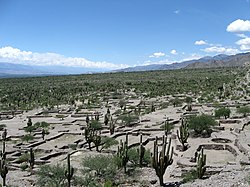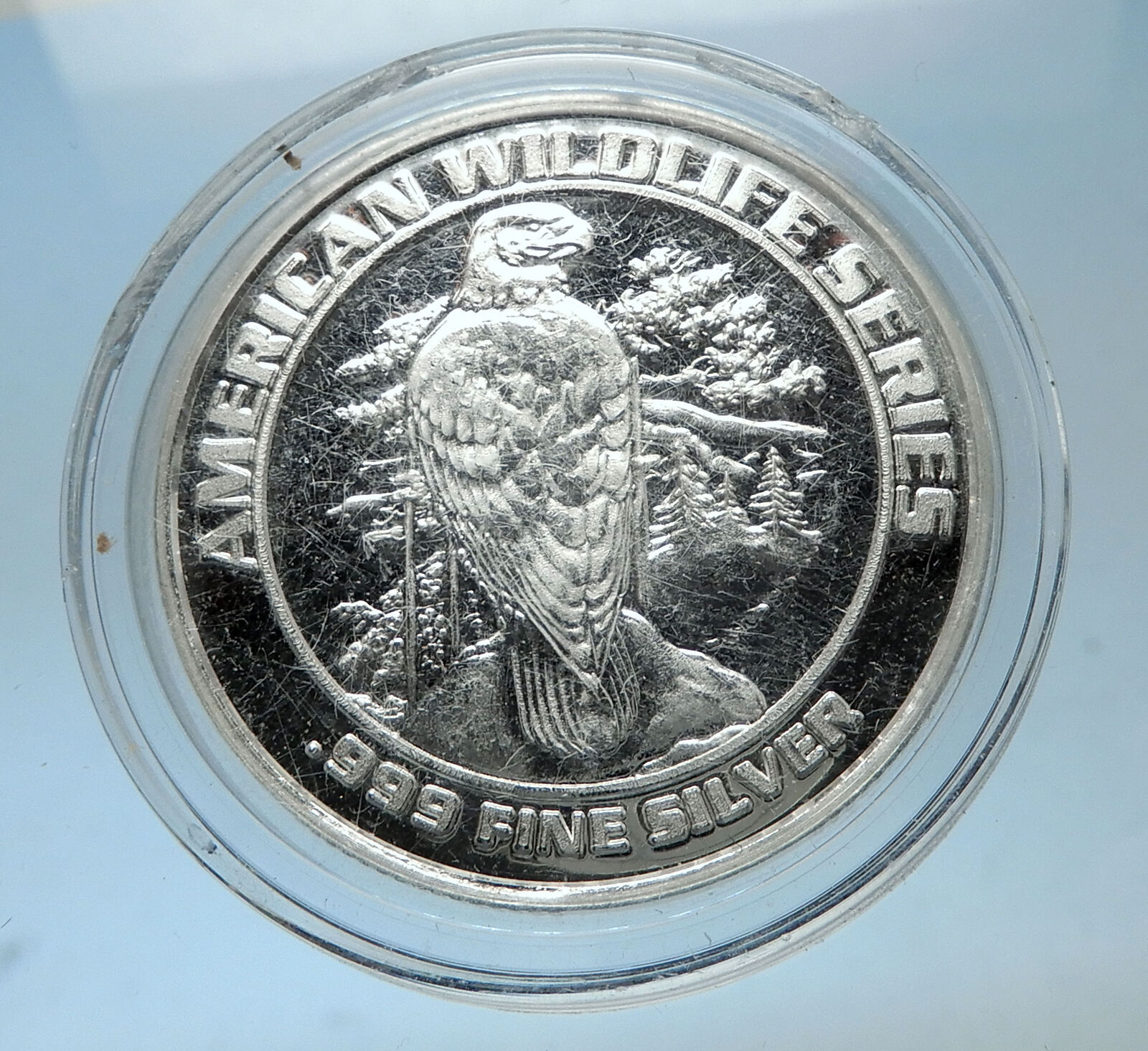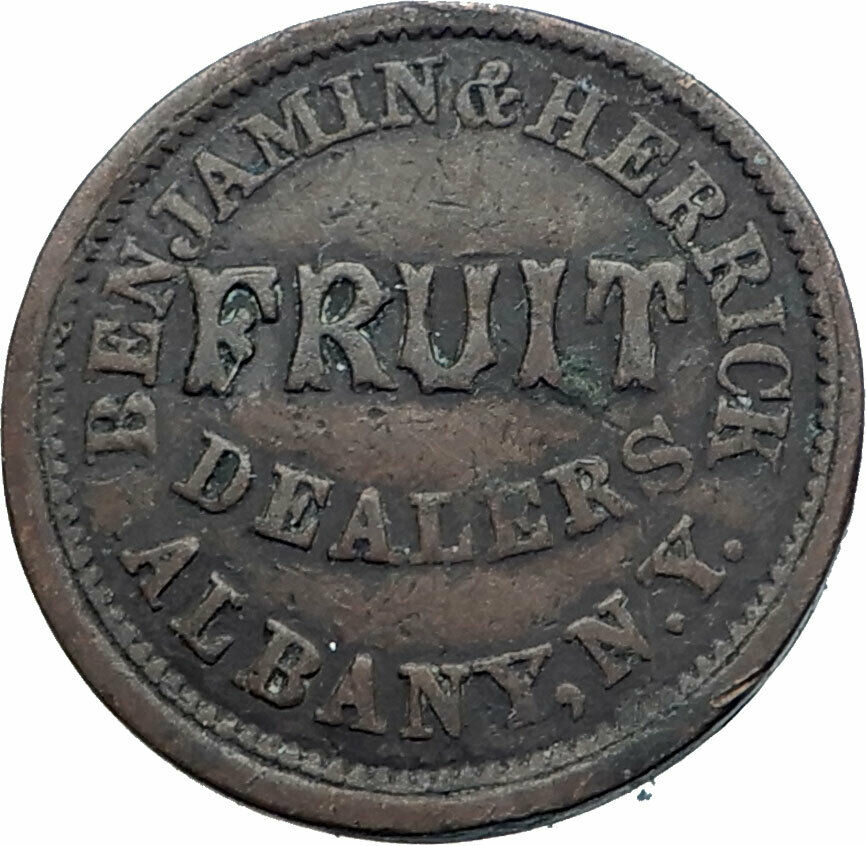|
Argentina
Congress of Tucuman
1897 Silver Medal 29mm x 37mm (11.55 grams)
Liberty with cap facing left, beaded border.
HONOR A LOS PROHOMBRES DEL CONGRESO DE TUCUMAN 1816 – 9 DE JULIO 1891, Inscription on plaque with beaded border.
You are bidding on the exact item pictured, provided with a Certificate of Authenticity and Lifetime Guarantee of Authenticity.
 Tucumán is the most densely populated, and the second-smallest by land area, of the provinces of Argentina. Tucumán is the most densely populated, and the second-smallest by land area, of the provinces of Argentina.
Located in the northwest of the country, the province has the capital of San Miguel de Tucumán, often shortened to Tucumán. Neighboring provinces are, clockwise from the north: Salta, Santiago del Estero and Catamarca. It is nicknamed El Jardín de la República (The Garden of the Republic), as it is a highly productive agricultural area.
In 1533, Diego de Almagro explored the Argentine Northwest, including Tucumán. ] In 1549 the Peruvian governor Pedro de la Gasca granted Juan Núñez de Prado the territory of Tucumán. Prado established the first Spanish settlement at the town of Barco on the Dulce River. Prado named his province “Tucumán” after Tucumamahao, one of the leaders of the local people who formed an alliance with him. In 1552, Francisco de Aguirre was dispatched to take possession of the territory for Chile. Aguirre followed a repressive policy, triggering a rebellion by the native people. Outnumbered, the colonists were forced to move in 1553 to a new location, where they founded the town of Santiago del Estero.
By 1565, Diego de Villaroel founded San Miguel de Tucumán and the Provincia de Tucumán, Juríes y Diaguitas was organized. Because of frequent attacks by the indigenous peoples, the Malones, in 1685, San Miguel de Tucumán was moved by Miguel de Salas some 65 km from its first location, where it was redeveloped. The aborigines of the region presented a strong resistance to the Spanish, who decided to move the defeated tribes toward Buenos Aires. The most noted of these relocations was the case of the Quilmes, who were moved to the city of Quilmes.
Tucumán was a midpoint for shipments of gold and silver from the Viceroyalty of Peru to Buenos Aires. It produced cattle, textiles, and wood products that provided supplies for the convoys on their way to Buenos Aires. Because of its important geographical position, and as head of the civil and Catholic governments, it acquired special importance during the 18th century.
The creation of the Viceroyalty of the Río de la Plata in 1776 meant the end of the convoys from Perú to Buenos Aires. Tucumán, with 20,000 inhabitants by that time, suffered also from the British imports from the newly opened customs of Buenos Aires, no longer under the monopoly of the Spanish Crown.
In 1783, the Intendancy of Tucumán was divided; Tucumán was set under the control of the Intendancy of Salta del Tucumán, with its centre in Salta. José de San Martín arrived in Tucumán in 1813 and installed the military school. In 1814, the Intendancy of Salta was divided into the present provinces.
On July 9, 1816, at the Congress of Tucumán, the Provincias Unidas del Río de la Plata (“United Provinces of the Río de la Plata”) declared their independence from Spain. Internal conflicts delayed the final fusion of the provinces into the República Argentina.
Following the failure of Argentina’s first independence-era government, the Directorio, Governor Bernabé Aráoz on March 22, 1820, proclaimed the creation of the Federal Republic of Tucumán. The experiment collapsed, however, when the neighboring provinces of Catamarca and Santiago del Estero withdrew the following year.
The beginning of the 20th century, with the customs restrictions and the arrival of the railway, brought prosperous economic times for the province and its sugarcane production. Numerous landmarks were built, such as Ninth of July Park and the Tucumán Government Palace, and a daily newspaper founded in 1912, La Gaceta, became the most circulated Argentine daily outside Buenos Aires, but the sugar price crisis of the 1960s and President Juan Carlos Onganía’s order to have 11 large state-owned sugar mills closed in 1966, hit Tucumán’s economy hard, and ushered in an era of instability for the province.
In 1975, President Isabel Perón declared a state of emergency in the province. The decree led to Operation Independence, an official military campaign at least as brutal on local magistrates, lawmakers, and faculty as it was on its stated target, the ERP. Violence did not fully abate until the appointment of General Antonio Domingo Bussi, the operation’s commander, as governor at the behest of the dictatorship that deposed Perón in 1976. Efficient as well as ruthless, Bussi oversaw the completion of several stalled public works, but also presided over some of the worst human rights abuses during that painful 1976-77 period. Retaining a sizable following, Bussi was elected governor in his own right in 1995, but lost much of his earlier popularity during his four-year tenure.
Life in Tucumán has since returned to a certain normality. Its economy has recovered strongly during the expansive period Argentina has had in the decade since 2002. José Alperovich, elected governor in 2003, has presided over record investment in public works while reaping criticism for attempts to eliminate term limits for his office.
 Argentina, officially the Argentine Republic (Spanish: República Argentina), is a federal republic located mostly in the southern half of South America. Sharing the bulk of the Southern Cone with its neighbor Chile to the west, the country is also bordered by Bolivia and Paraguay to the north, Brazil to the northeast, Uruguay and the South Atlantic Ocean to the east, and the Drake Passage to the south. With a mainland area of 2,780,400 km2 (1,073,500 sq mi), Argentina is the eighth-largest country in the world, the second largest in Latin America, and the largest Spanish-speaking nation. It is subdivided into twenty-three provinces (Spanish: provincias, singular provincia) and one autonomous city (ciudad autónoma), Buenos Aires, which is the federal capital of the nation (Spanish: Capital Federal) as decided by Congress. The provinces and the capital have their own constitutions, but exist under a federal system. Argentina claims sovereignty over part of Antarctica, the Falkland Islands (Spanish: Islas Malvinas), and South Georgia and the South Sandwich Islands. Argentina, officially the Argentine Republic (Spanish: República Argentina), is a federal republic located mostly in the southern half of South America. Sharing the bulk of the Southern Cone with its neighbor Chile to the west, the country is also bordered by Bolivia and Paraguay to the north, Brazil to the northeast, Uruguay and the South Atlantic Ocean to the east, and the Drake Passage to the south. With a mainland area of 2,780,400 km2 (1,073,500 sq mi), Argentina is the eighth-largest country in the world, the second largest in Latin America, and the largest Spanish-speaking nation. It is subdivided into twenty-three provinces (Spanish: provincias, singular provincia) and one autonomous city (ciudad autónoma), Buenos Aires, which is the federal capital of the nation (Spanish: Capital Federal) as decided by Congress. The provinces and the capital have their own constitutions, but exist under a federal system. Argentina claims sovereignty over part of Antarctica, the Falkland Islands (Spanish: Islas Malvinas), and South Georgia and the South Sandwich Islands.
 
Flag & Coat of arms
The earliest recorded human presence in the area of modern-day Argentina dates back to the Paleolithic period. The country has its roots in Spanish colonization of the region during the 16th century. Argentina rose as the successor state of the Viceroyalty of the Río de la Plata, a Spanish overseas viceroyalty founded in 1776. The declaration and fight for independence (1810-1818) was followed by an extended civil war that lasted until 1861, culminating in the country’s reorganization as a federation of provinces with Buenos Aires as its capital city. The country thereafter enjoyed relative peace and stability, with massive waves of European immigration radically reshaping its cultural and demographic outlook. The almost-unparalleled increase in prosperity led to Argentina becoming the seventh wealthiest developed nation in the world by the early 20th century.
After 1930, Argentina descended into political instability and periodic economic crises that pushed it back into underdevelopment, though it nevertheless remained among the fifteen richest countries until the mid-20th century. Argentina retains its historic status as a middle power in international affairs, and is a prominent regional power in the Southern Cone and Latin America. Argentina has the second largest economy in South America, the third-largest in Latin America and is a member of the G-15 and G-20 major economies. It is also a founding member of the United Nations, World Bank, World Trade Organization, Mercosur, Union of South American Nations, Community of Latin American and Caribbean States and the Organization of Ibero-American States. It is the country with the second highest Human Development Index in Latin America with a rating of “very high”. Because of its stability, market size and growing high-tech sector, Argentina is classified as an upper-middle-income economy in the 2018 fiscal year.
|





 Tucumán is the most densely populated, and the second-smallest by land area, of the provinces of Argentina.
Tucumán is the most densely populated, and the second-smallest by land area, of the provinces of Argentina. Argentina, officially the Argentine Republic (Spanish: República Argentina), is a federal republic located mostly in the southern half of South America. Sharing the bulk of the Southern Cone with its neighbor Chile to the west, the country is also bordered by Bolivia and Paraguay to the north, Brazil to the northeast, Uruguay and the South Atlantic Ocean to the east, and the Drake Passage to the south. With a mainland area of 2,780,400 km2 (1,073,500 sq mi), Argentina is the eighth-largest country in the world, the second largest in Latin America, and the largest Spanish-speaking nation. It is subdivided into twenty-three provinces (Spanish: provincias, singular provincia) and one autonomous city (ciudad autónoma), Buenos Aires, which is the federal capital of the nation (Spanish: Capital Federal) as decided by Congress. The provinces and the capital have their own constitutions, but exist under a federal system. Argentina claims sovereignty over part of Antarctica, the Falkland Islands (Spanish: Islas Malvinas), and South Georgia and the South Sandwich Islands.
Argentina, officially the Argentine Republic (Spanish: República Argentina), is a federal republic located mostly in the southern half of South America. Sharing the bulk of the Southern Cone with its neighbor Chile to the west, the country is also bordered by Bolivia and Paraguay to the north, Brazil to the northeast, Uruguay and the South Atlantic Ocean to the east, and the Drake Passage to the south. With a mainland area of 2,780,400 km2 (1,073,500 sq mi), Argentina is the eighth-largest country in the world, the second largest in Latin America, and the largest Spanish-speaking nation. It is subdivided into twenty-three provinces (Spanish: provincias, singular provincia) and one autonomous city (ciudad autónoma), Buenos Aires, which is the federal capital of the nation (Spanish: Capital Federal) as decided by Congress. The provinces and the capital have their own constitutions, but exist under a federal system. Argentina claims sovereignty over part of Antarctica, the Falkland Islands (Spanish: Islas Malvinas), and South Georgia and the South Sandwich Islands.






